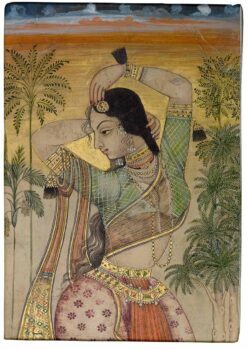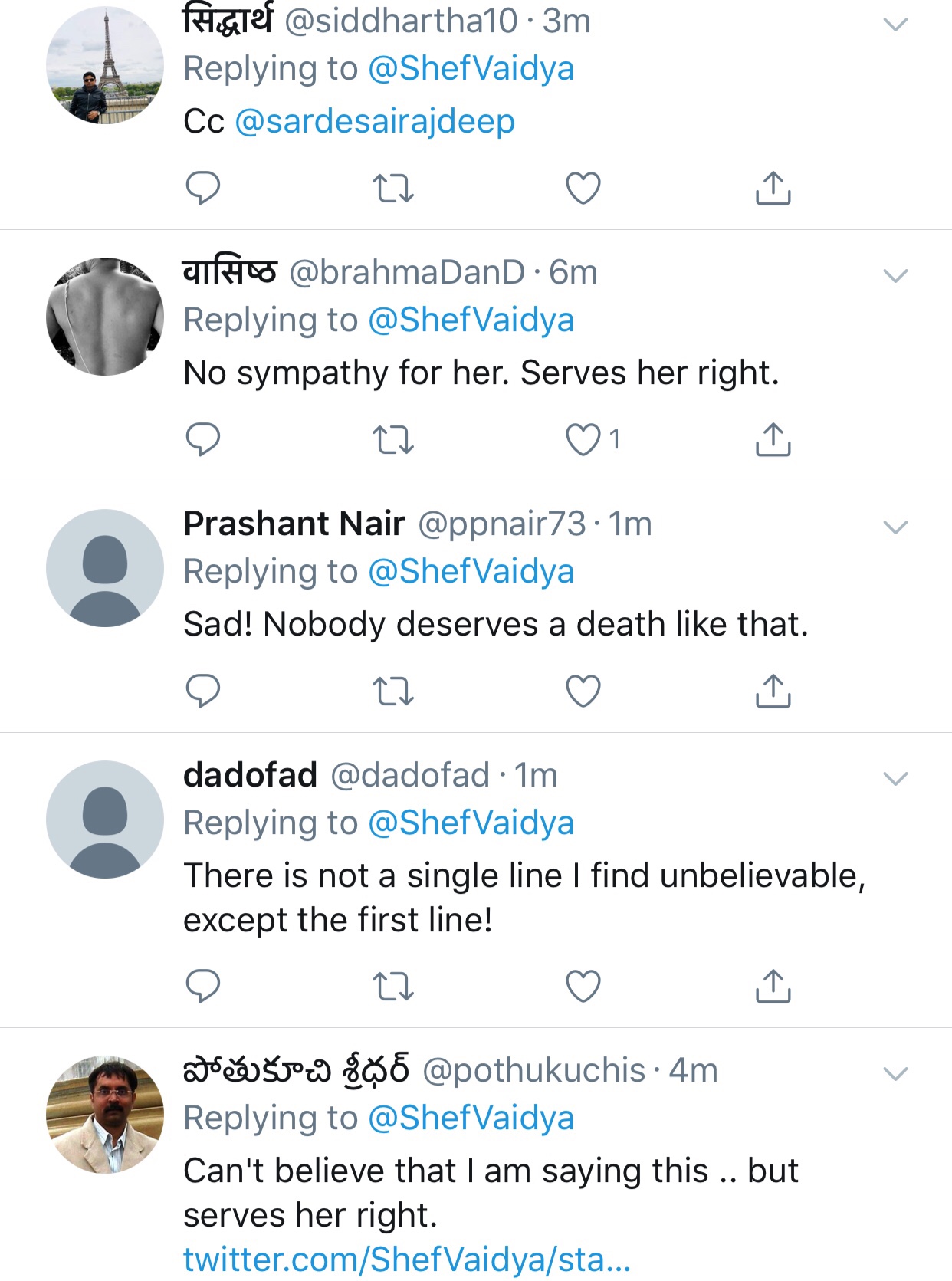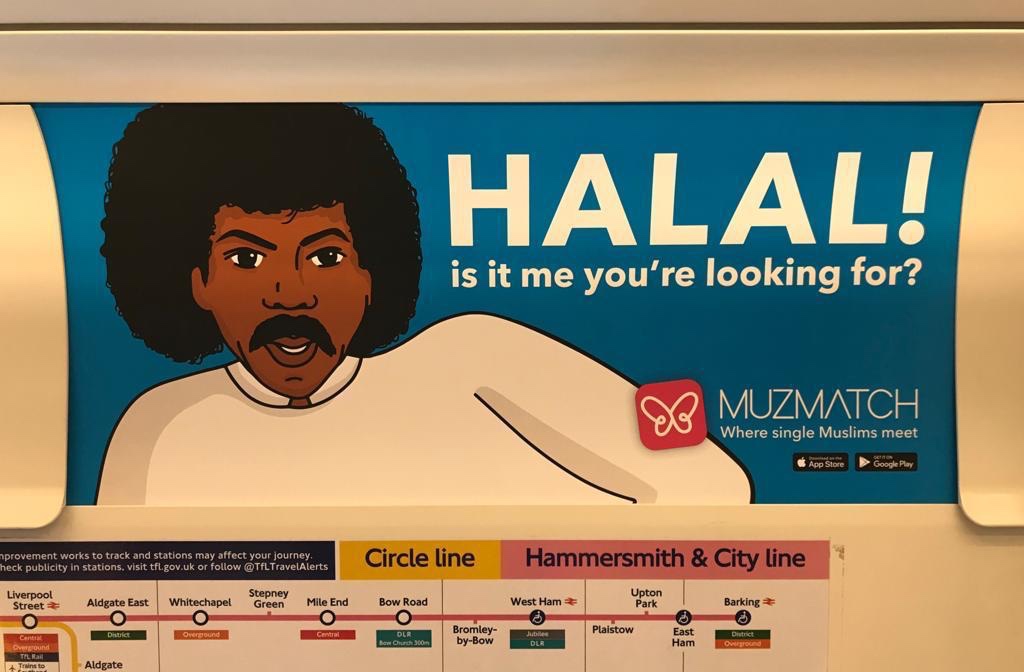I’ve started to use Twitter alot more as I’ve was rather tied up (to my loss I still haven’t been able to meet Kabir Sahib in person). I have begun to prepare for a national franchising of one of my brand’s Bubble Tap.
Incidentally my life comes to full circle as I mirror what my Irani great grandfather did in Kohlapur upon pioneering there*; he opened an ice-cream shop I opened a Dessert shop upon moving to Cambridge.
At any rate as is pretty evident my political instincts are quite High Tory. I only assume the SJW mantle to fight back against White Liberals since I dislike Munfaqeenism (to thine ownself be true). A classic example.
https://www.facebook.com/truTVAdamRuinsEverything/videos/2020104111613510/?__xts__[0]=68.ARATOlpD_OitUxNp3_xx-dkDYOxJEpGqcDfmzKgmulIhzwgsFMyidIjMci_BFhtSevClGv08vS-8qI-BfHhuReh4qqWm972GLCrQttP9nt9mNYEBxADKutEhRzCtsqaLZ6kzl-rx0lXSNz1R2NsW8C6oNI-TGtBKYUJVcQseSc65JwjNgu_kzw&__tn__=-R
Continue reading The ineffectual British Monarchy and why one shouldn’t Diss Chris



